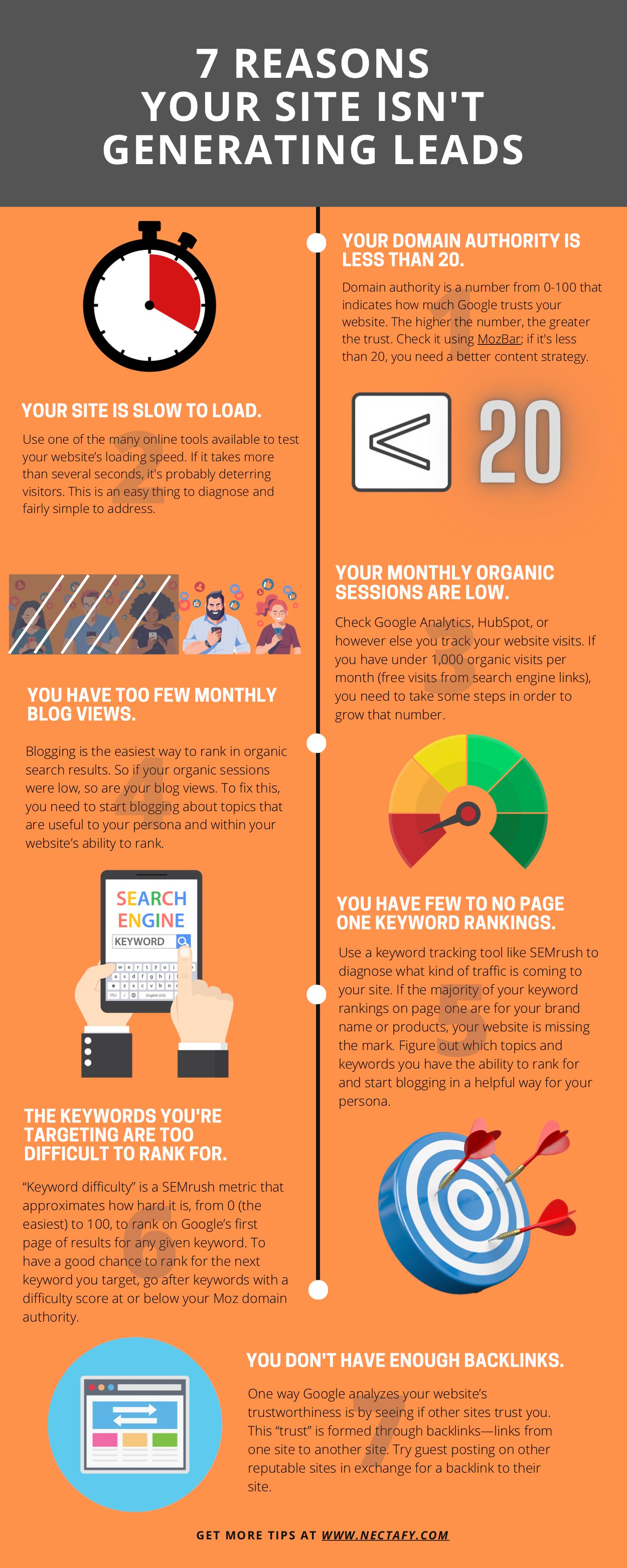How To Calculate The Value Of Website Visitors

Have you ever looked at Google Analytics and noticed a recent spike in website visitors? You say to yourself, "That's good. That's actually really good, right? Sweet." That little internal monologue you had is probably the extent of it, though.
The reason the takeaways stop right there is because most companies don't know how good that is. And specifically, how good it is in dollars. But in the next few minutes, we can get there together. If you follow along with me with your numbers, you'll have a calculation for the value of a website visitor. Let's get started.
Here's the scenario and what you need.
Fictitious company, Timely, Inc., sells software to other businesses (B2B) to help them track timecards online. Timely, Inc. has a blog on its website with articles about employee efficiency, project management, managing remote employees, how employees use their time, and more. The company also does some PPC and SEO, email marketing, and social media. Through all of this, Timely has attracted a good amount of visitors to the website and that number is growing.
To follow along with your numbers, you'll need to pick an amount of time (like one year), and gather these numbers for that time span:
- Visits
- Leads
- Sales
- Average sale price
- Average lifetime of a customer
1. Calculate the lifetime value of a customer (LTV).
If you sign a new customer, how much revenue will that generate for your company? You'll need to factor in sale price, how often they repeat, and how long they hang around. Keep in mind that our formula below is a simple calculation that will give you the amount of revenue generated for the average lifetime of a customer (the end of the life being defined by the customer no longer using your services, not death).
FORMULA: Average sale price per period * Average lifetime of customer = Lifetime value of a customer
EXAMPLE: $150 per month * 36 months = $5,400 LTV
For Timely, the average sale price is $150 per month for an unlimited amount of users. An average customer sticks around for 36 months. Now, this number should change your mindset a bit: Timely is no longer selling to a $150 customer, they're selling to a $5,400 customer.
2. Calculate the total value of new customers.
How many new customers did you acquire over the year? In sticking with the one-year timeframe, we now need to dig up the number of new customers generated this year. From there, it's simple:
FORMULA: Number of new customers * LTV = Total value of new customers
EXAMPLE: 200 * $5,400 = $1,080,000 new revenue generated
Because Timely signed up 200 new clients during the year, they've created $1.08 million in new lifetime value. Now we're talking.
3. Calculate the value of a website visitor.
How much is each website visitor worth from that pool of customers? Pull out the number of website visitors you received this year. Since we know the amount of new revenue we generated during this time period, we can easily solve for the value of website visitors:
FORMULA: New revenue generated / Number of website visitors = Value of each visitor
EXAMPLE: $1,080,000 / 325,000 = $3.32 visitor value
With 325,000 visits to the website during the full year, Timely now knows that each visitor is worth $3.32 in revenue. Now that is good, just like I said at the beginning of the article, but it's good in a numerical sense. The boss will love that.
But, here's the good stuff.
That number we just came to above is really important. With that number (and I recommend testing it out over different time periods and sources), you understand exactly how much value you'll bring to the company if you increase web visits by, say, 20%. But there's some additional information you should be tracking if you want to improve that visitor value from $3.32 up to $4. Couple the increase in visits with the increase in value per visitor, and you're talking about a massive bonus and promotion. Here is how you can work on increasing the value of each visitor (now that you know the number):
Calculate the visit to lead conversion rate.
What percentage of your visitors become leads over a year?
FORMULA: Number of leads / Number of visitors (over the same period)
EXAMPLE: 11,375 / 325,000 = 3.5% visitor to lead conversion rate
Timely receives 3.5 leads for every 100 visitors to its website.
Calculate the lead to customer conversion rate.
What percentage of your leads turn into customers over a year? The next step in the funnel is to move leads to sales. This conversion rate tells you how well your team turns leads into customers. Try out some tests to increase your conversion rates, and stick with the ones that work. When your conversion rates go up, the value of each lead goes up, and so does the value of each visitor.
FORMULA: Number of customers / Number of leads (over the same period)
EXAMPLE: 200 / 11,375 = 1.75% lead to sale conversion rate
Timely gains, on average, 1.75 customers for every 100 leads it receives through the website.
And one all-important note.
There is one important concept to keep in mind. You should be able to tie the new customers that came through during the year (200 for Timely) back to web leads directly. In saying that, I mean that these particular customers should have found you on Google, or a social network, or came directly to your website, etc. If they became a lead at a trade show or through a friend's referral (both offline sources), they shouldn't be included. Including those customers will overvalue each visitor since some of the end customers didn't go through your website process. So, keep in mind if you can't segment by source, most likely, your visitor value will be inflated.
I hope you had fun. I did! As we were running your numbers, and Timely's numbers, I also ran them for Nectafy. Now I'll have a whole new perspective when I refresh the page and see that 10 new visitors stopped by nectafy.com. Hopefully you'll enjoy the same phenomenon! In the meantime, get back to work. (Because if all we do is watch website traffic, it won't be worth much someday soon!)
Is your website generating quality visitors and leads?
Now that you know how to calculate the visitors coming to your site, it's likely time to grow that number. Here are seven ways to analyze your website to see what's holding it back from hitting your lead goals.

Let's have a conversation about your B2B company's website goals.



